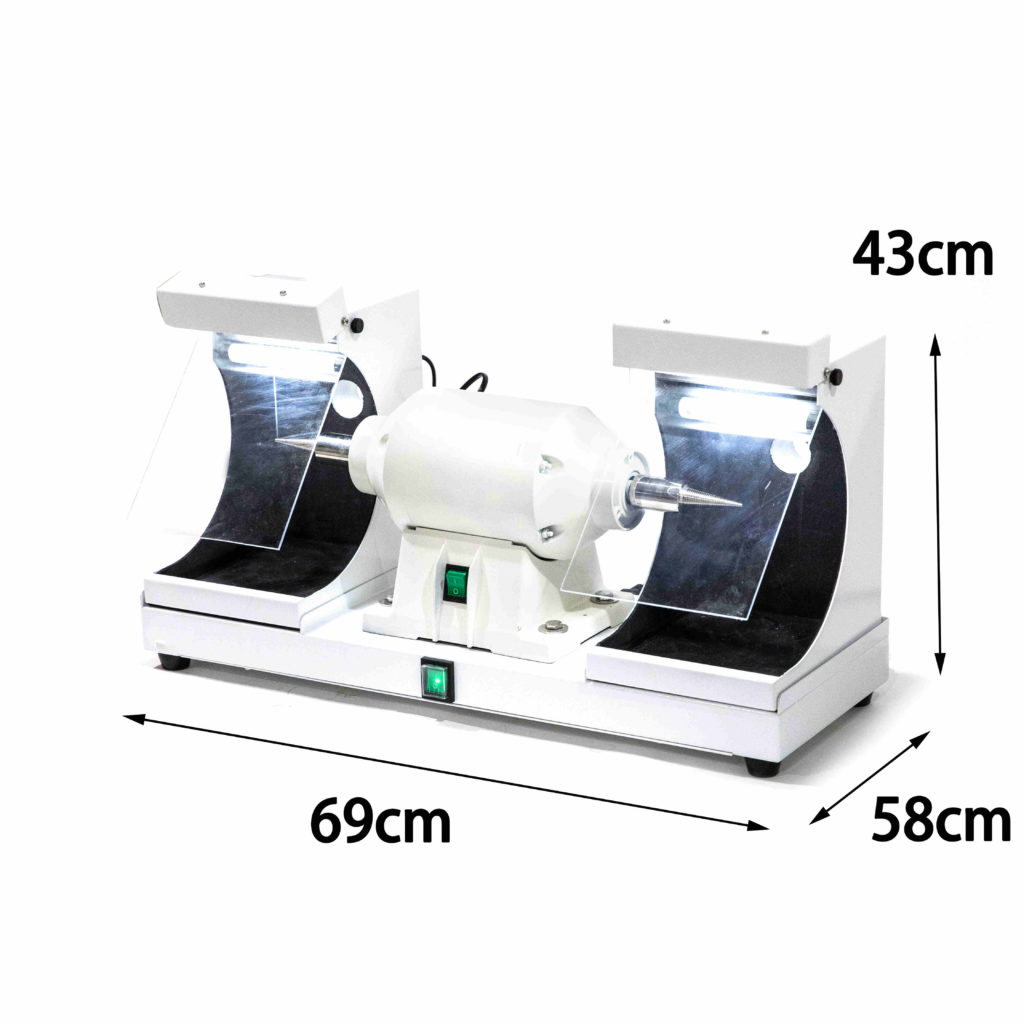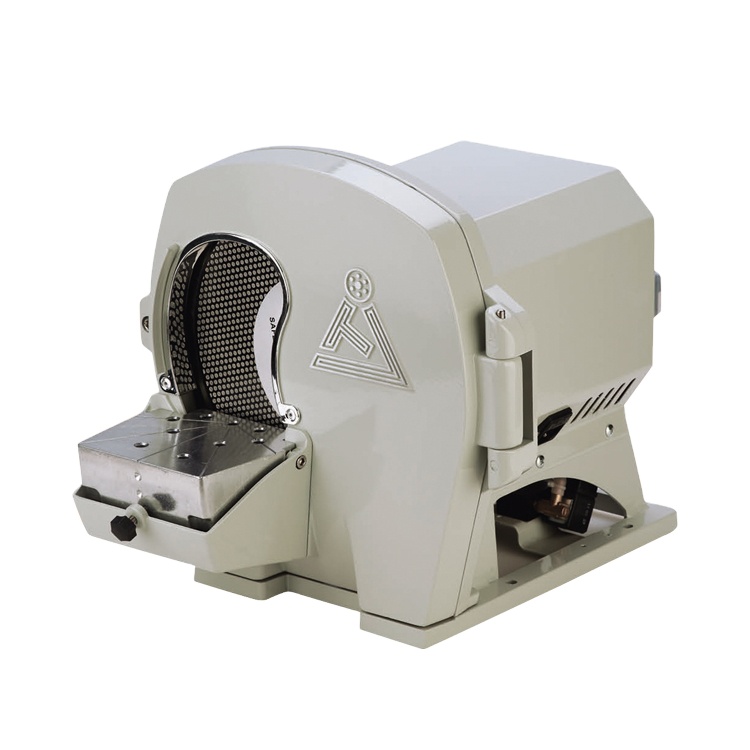Since 1975, Dr. Tatum in the United States has successfully performed maxillary sinus lift and placed 2 implants.
The maxillary sinus lifting technique has gradually become a routine technique to solve the lack of maxillary posterior teeth, especially to solve many problems for the total reconstruction of the maxilla. So, what exactly is maxillary sinus lift surgery?
1. What is maxillary sinus lift?
Maxillary sinus lift is a surgery that needs to be done when the height of the alveolar bone between the two posterior teeth of the upper jaw is insufficient.
There are two types of maxillary sinus lift, one is the maxillary sinus lift, and the other is the maxillary sinus lift.
The internal lift of the maxillary sinus is a minimally invasive lift, and the external lift is a window lift.
Maxillary sinus lift involves bone grafting due to insufficient bone height of the maxillary sinus, raising the sinus membrane of the maxillary sinus to an ideal position for implantation, and performing a maxillary sinus lift at the same time as the bone powder is implanted. .
2. Why do maxillary sinus lifts?
The first step in implant restoration is to place implants in the alveolar bone of the missing teeth. The length of conventional implants is more than 8mm.
However, in the area of the maxillary posterior teeth, due to the presence of the congenital anatomical structure of the maxillary sinus, coupled with acquired physiological and pathological bone resorption (inflammation of the bone around the teeth), the height of the remaining bone is often less than 8mm.
At this time, if the implant is forcibly placed, the implant will be directly poked into the maxillary sinus. On the one hand, the retention force of the implant is insufficient, and on the other hand, it may cause bleeding and infection of the maxillary sinus. Therefore, the doctor will perform a maxillary sinus surgery. Ascension.
3. Who needs maxillary sinus lift?
Maxillary sinus lift is divided into maxillary sinus lift and maxillary sinus lift. The maxillary sinus lift is mainly suitable for patients with extreme atrophy of the alveolar ridge and the remaining alveolar bone height of less than 5-8 mm, especially when multiple consecutive maxillary teeth are missing.
The maxillary sinus lift is generally used when the height of the remaining alveolar bone is less than 10 mm but > 5 mm, especially when a single posterior tooth is missing.
In order to ensure the initial stability of the implant, when the height of the remaining alveolar bone at the sinus floor is not less than 5 mm, simultaneous implant placement with maxillary sinus lifting can be used. When the height of the remaining alveolar bone is less than 5 mm, the implant can be If it is difficult to achieve initial stability, bone grafting should be performed first, and implants should be implanted after the local bone tissue survives to ensure the success rate of implantation.
Whether it is necessary to do maxillary sinus lifting is recommended to be judged by experts after CBCT and other examinations.
Due to the special anatomical structure of the human skull, maxillary sinus lifting is undoubtedly an implantation technique that requires high technical requirements for doctors and can help patients solve difficult cases. Choosing a professional hospital and doctor is a prerequisite for the success of dental implants.
The next steps of implant prosthesis crown materials choice is a mater. Dentist usually suggest choosing zirconia crown. It is produced from cad/cam dentistry milling system in laboratory, it passed various of procedures likewise plaster cutting and trimming, finishing and polishing, investment mixing etc., it will use professional laboratory equipment: dental lab polishing lathe, dental stone trimmer, micro motor dental unit etc.

Biography: tony is a dental lab technician, he also sometime composes some implant dentistry article to inform people for general understanding better treatment, lean more his profile on Facebook: https://www.facebook.com/dentallabshop/






